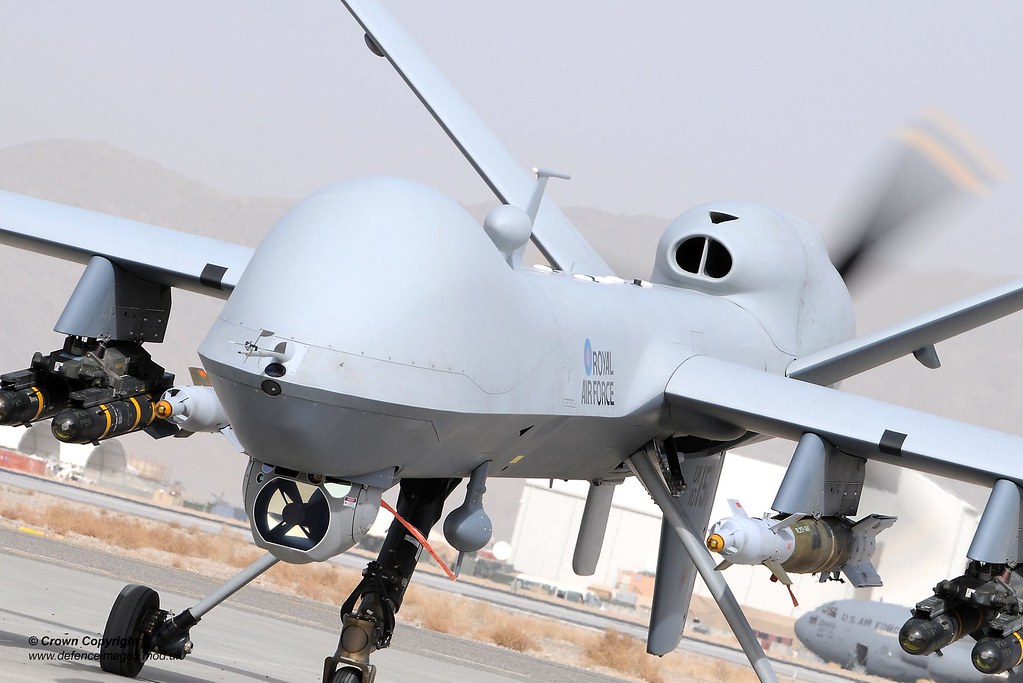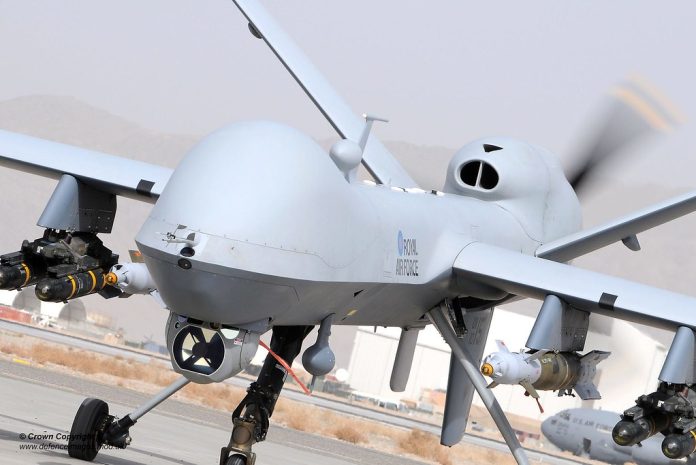
Russia and the United States have provided differing explanations for the incident involving a U.S. intelligence drone in the Black Sea.

The U.S. revealed that a Russian Su-27 fighter had allegedly collided with one of its MQ-9 “Reaper” drones used for intelligence and surveillance on 14 March 2023.

The U.S. Department of Defence stated that the Russian fighter impacted the drone’s propeller, resulting in U.S. forces having to land the drone.

“Several times before the collision, the Su-27s dumped fuel on, and flew in front of the MQ-9 in a reckless, environmentally unsound, and unprofessional manner,” James B. Hecker, commander of U.S. Air Forces Europe and Air Forces Africa, said.

“This incident demonstrates a lack of competence in addition to being unsafe and unprofessional,” Hecker said.

According to the United States, the drone operated in international airspace and conducted routine operations when intercepted.

The collision was preceded by several instances of the Russian fighter jets dumping fuel on and flying in front of the MQ-9.

In contrast, Russian defense ministry statements painted a different picture.

They claimed that the MQ-9 drone had been flying towards Crimea, which Russia annexed in 2014, and encroaching upon territories Russia considers it’s own.

The ministry asserted that “Russian fighters did not use airborne weapons, did not come into contact with the unmanned aerial vehicle, and returned safely to the home airfield.”

Russian ambassador to the United States, Anatoly Antonov, criticized the flight of the U.S. drone near Russian borders.

Comparing it to a hypothetical scenario of a Russian strike drone appearing near New York or San Francisco.

He suggested that the U.S. should cease such close-proximity flights to Russian borders.

The MQ-9 Reaper is known for its significant loiter time, wide-range sensors, multi-mode communications suite, and precision weapons.

It is primarily used for intelligence collection and secondarily for engaging dynamic execution targets, capable of performing a variety of missions such as surveillance, reconnaissance, and precision strikes.

